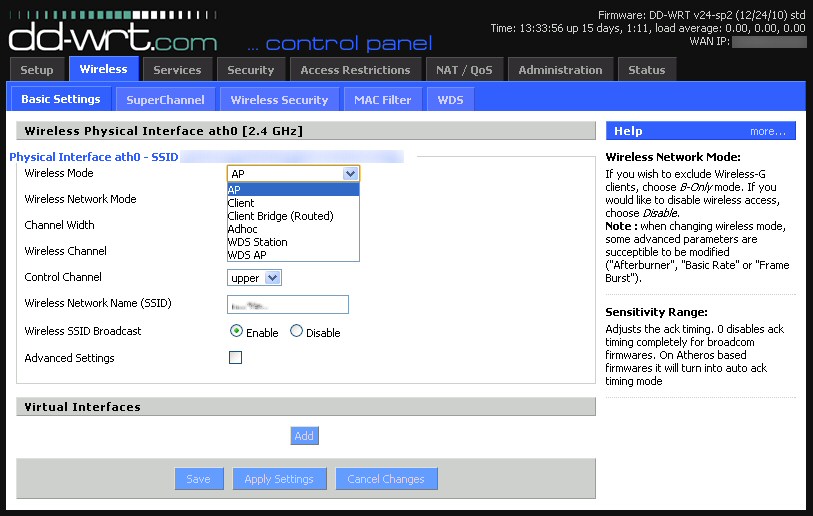

Security measures and access limits are controlled by your main router. Furthermore, you don't need to set up port forwarding on your secondary router.

An advantage of a client bridge is having secondary computers obtain their DHCP leases from your main router. The DD-WRT router is located in the bedroom and the computers plug into the router. An example of this is hooking up one or two wired computers in a bedroom where there is no wired connection. If you don't require extending the range of your wireless LAN, this is probably your best option. Wired clients connect to your secondary router. In this bridge, your DD-WRT router connects to an AP or wireless router and extends the original LAN. The previous page remains for reference Wireless Bridge - For Broadcom cpu chip (On the firmware page, the menu choice for this mode simply reads “Client”.) The subnet LAN has clients connected to it with cable connections. (aka: Client Mode Wireless) In this type of bridge, your DD-WRT router connects (using radio) to an AP (access point) or wireless router. See the linked tutorials for information and examples of different bridge types. Use the following to determine which type is best for you. There are several variations on bridging. The bridging mode is selected from a drop down menu on the Wireless > Basic Settings page. A router running DD-WRT v24 is able to create a wireless bridge.


 0 kommentar(er)
0 kommentar(er)
